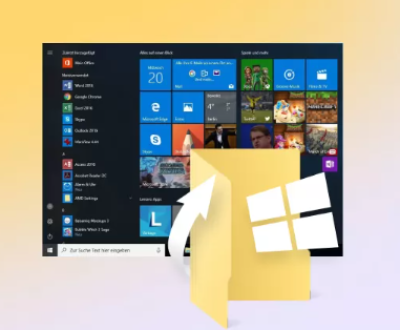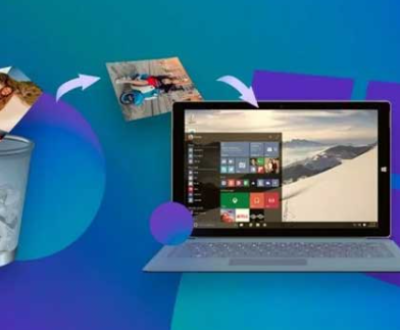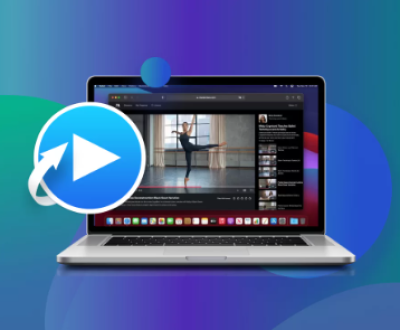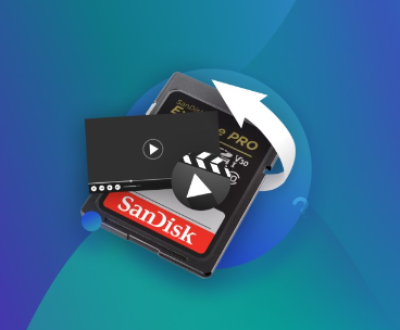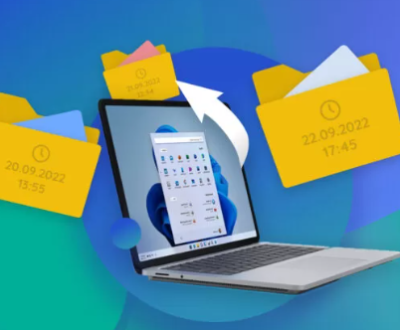Losing data due to accidental formatting of an SD card can be frustrating. Whether it’s photos, documents, videos, or other types of files, the sudden disappearance of important information often leads to panic. However, the good news is that it is possible to unformat or recover the data from a formatted SD card, as long as the card has not been overwritten.
1.SD Card Formatting
What Does “Formatting” Mean?
Formatting an SD card involves erasing the contents of the card and setting up a new file system. This process is typically done to prepare the card for use with a specific device, such as a camera, smartphone, or computer. There are two types of formatting processes:
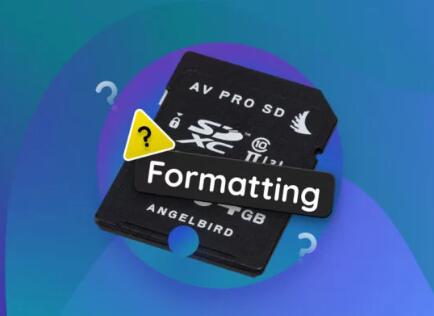
Quick Format: A quick format only removes the file directory, marking the space as available for new data. The actual data remains on the card and can be overwritten if new files are added.
Full Format: This format erases both the file directory and data, and it may also perform a check for bad sectors. A full format can make it more difficult to recover lost data because it erases the data more thoroughly.
Why Do People Format SD Cards?
Formatting SD cards is often necessary when setting up the card for a new device or when the card has become corrupted and needs to be cleared to restore proper function. Common reasons for formatting include:
Preparing the card for use in a new device.
Fixing issues with the SD card such as corruption or file system errors.
Freeing up space by erasing unnecessary files.
Types of SD Card Formats
There are different file systems used for formatting SD cards, depending on the size of the card and the device in use:
FAT32: Commonly used for SD cards up to 32GB.
exFAT: Used for larger SD cards (above 32GB), and often found in modern devices like cameras.
NTFS: Typically used in Windows devices but not as common for SD cards.
ext4: A Linux file system used by some advanced devices.
2. Understanding Data Loss After Formatting
What Happens When You Format an SD Card?
When you format an SD card, the operating system essentially removes the index that points to where the data is located. In the case of a quick format, the data isn’t erased; it is just marked as “free” space, making it available for new files. However, until that space is overwritten by new data, the old data can often be recovered.
Can You Recover Data from a Formatted SD Card?
Yes, it is often possible to recover data from a formatted SD card, especially if the data has not been overwritten. The key to successful recovery is acting quickly and avoiding writing new files to the card after formatting.
The Importance of Not Overwriting Data
When new data is written to a formatted SD card, it can overwrite the old data, making recovery more difficult. For this reason, it is important to stop using the SD card immediately after formatting and start the recovery process as soon as possible.
3. Preparing to Recover Data
Ensuring You Do Not Overwrite Files
Once you realize that your SD card has been formatted, stop using it immediately. This means not taking new photos, videos, or storing any data on it until you have attempted the recovery process.
Tools You Will Need
To unformat an SD card, you will need some recovery tools. These can include:
Data recovery software: Tools like Recuva, Disk Drill, and EaseUS Data Recovery are popular for SD card recovery.
A computer with SD card reader: You’ll need a device capable of reading your SD card to perform the recovery.
Common Mistakes to Avoid During Recovery
Overwriting Data: Do not store new files on the SD card after formatting. Overwriting will reduce the chances of successful recovery.
Not Using the Right Software: Make sure to use a reputable data recovery tool that specifically supports SD card recovery.
Rushing the Recovery Process: Allow the software to complete the scan, and do not interrupt it by removing the SD card or stopping the process.
4. Methods for Unformatting an SD Card
Using Data Recovery Software
There are several software tools available to recover lost data from a formatted SD card. These tools work by scanning the SD card and searching for fragments of deleted files that haven’t been overwritten. Here’s how to do it:
Step-by-Step Process for Windows
Download Data Recovery Software: Download and install a data recovery tool like Recuva or Disk Drill. Some of these tools offer free versions with limited functionality.
Insert Your SD Card: Insert the SD card into your computer using a card reader.
Launch the Recovery Tool: Open the software and select the SD card as the location you want to scan.
Select the File Types to Recover: Choose the types of files you wish to recover (photos, videos, documents, etc.). You can also choose to scan for all file types.
Scan for Lost Files: The software will scan the SD card and attempt to recover files. This may take some time depending on the size of the card.
Preview and Recover Files: Once the scan is complete, preview the recoverable files. Select the ones you want to recover and choose a safe location to save them (preferably not the same SD card to avoid overwriting).
Step-by-Step Process for Mac
Install a Recovery Tool: Install a tool like Disk Drill for Mac.
Insert SD Card: Insert your SD card into your Mac using a card reader.
Launch the Recovery Software: Open the program and select your SD card for scanning.
Choose Scan Type: Select whether you want to do a quick scan or a deep scan (the deep scan is more thorough but takes longer).
Scan for Files: Wait for the scan to complete, which may take several minutes.
Recover the Files: Preview the recoverable files and restore them to a safe location.
Recovering Data Using Command Prompt (Windows)
Open Command Prompt: Type “cmd” into the Start menu search bar and run as administrator.
Use the CHKDSK Command: Type chkdsk X: /f (where X is the letter assigned to your SD card). This will attempt to fix any issues with the SD card and recover some lost files.
Recovering Data Using Disk Drill or Other Third-Party Tools
Disk Drill, Recuva, and EaseUS Data Recovery Wizard are some of the most popular third-party tools for recovering data. These tools have simple interfaces and often provide free versions that can scan and preview recoverable files before you decide to buy the full version.
Professional Data Recovery Services
If the software methods fail, you may need to seek professional help. Data recovery services are experts at recovering data from damaged or formatted SD cards. They have specialized equipment and techniques to recover files that are otherwise unrecoverable through regular software.
5. Best Practices for Avoiding Data Loss in the Future
Regular Backups of Your SD Card
To prevent the loss of important data, always back up the contents of your SD card. You can back up to an external drive, cloud storage, or even to your computer to ensure that if anything happens, you have a copy of your files.
Using Cloud Storage for Important Files
Storing critical files in the cloud provides a level of redundancy and protection. Many services offer automatic backup features, so your photos, videos, and documents are securely stored even if you lose access to your SD card.
Safely Ejecting Your SD Card
Always eject your SD card properly to avoid file system errors or corruption. On Windows, this can be done by right-clicking the SD card icon and selecting “Eject.” On a Mac, drag the card icon to the trash.
6. Troubleshooting Common Issues
SD Card Not Showing Up After Formatting
If your SD card is not showing up after formatting, it could be due to a corrupt partition. You can try to format it again using your computer or try to assign a drive letter via Disk Management on Windows.
Error Messages During Recovery
If you encounter error messages during recovery, make sure that the SD card is properly inserted and the software is up-to-date. Additionally, check the SD card for physical damage that might affect its functionality.
Data Recovery Software Not Detecting the SD Card
If the software is not detecting the SD card, try using a different card reader or USB port. Also, check if the SD card is damaged and attempt to recover it on another computer.
About us and this blog
Panda Assistant is built on the latest data recovery algorithms, ensuring that no file is too damaged, too lost, or too corrupted to be recovered.
Request a free quote
We believe that data recovery shouldn’t be a daunting task. That’s why we’ve designed Panda Assistant to be as easy to use as it is powerful. With a few clicks, you can initiate a scan, preview recoverable files, and restore your data all within a matter of minutes.
Subscribe to our newsletter!
More from our blog
See all postsRecent Posts
- How to restore deleted images 2025-06-30
- How to restore a deleted file on windows 2025-06-30
- is there any way to restore deleted photos 2025-06-30

 Try lt Free
Try lt Free Recovery success rate of up to
Recovery success rate of up to


